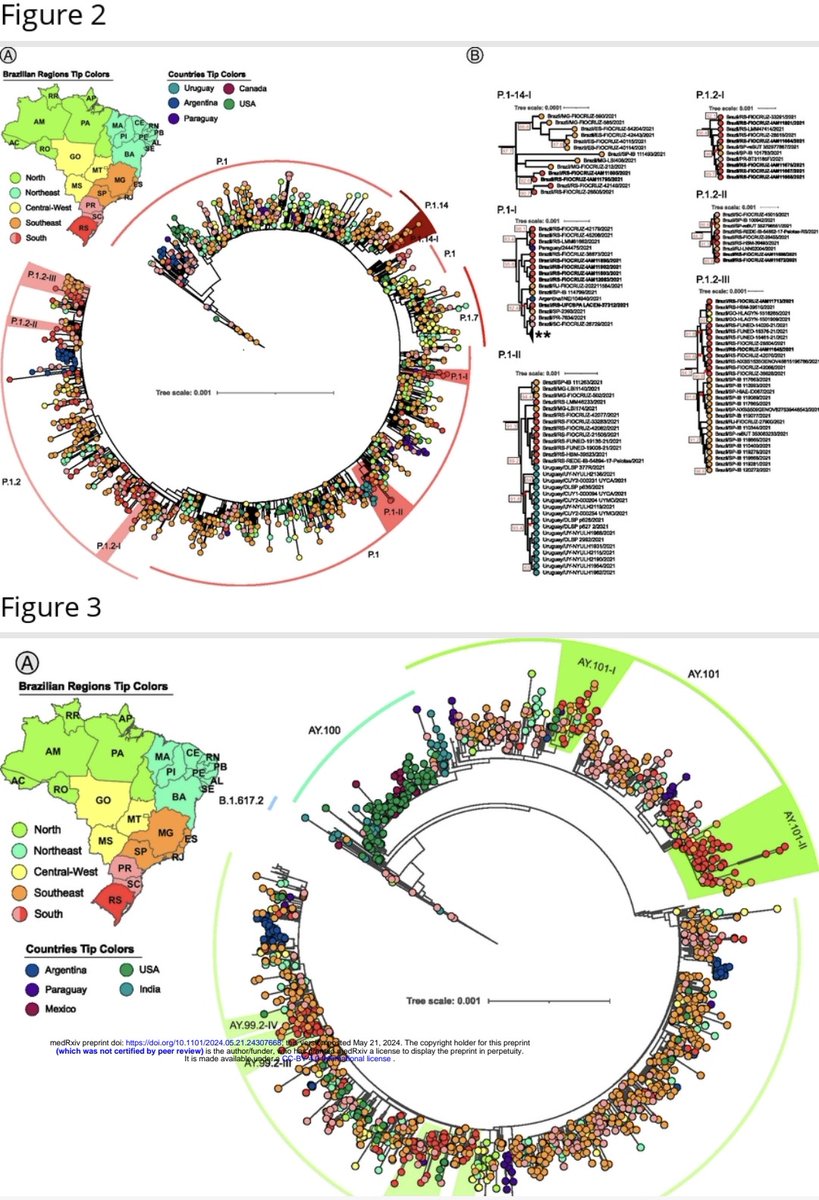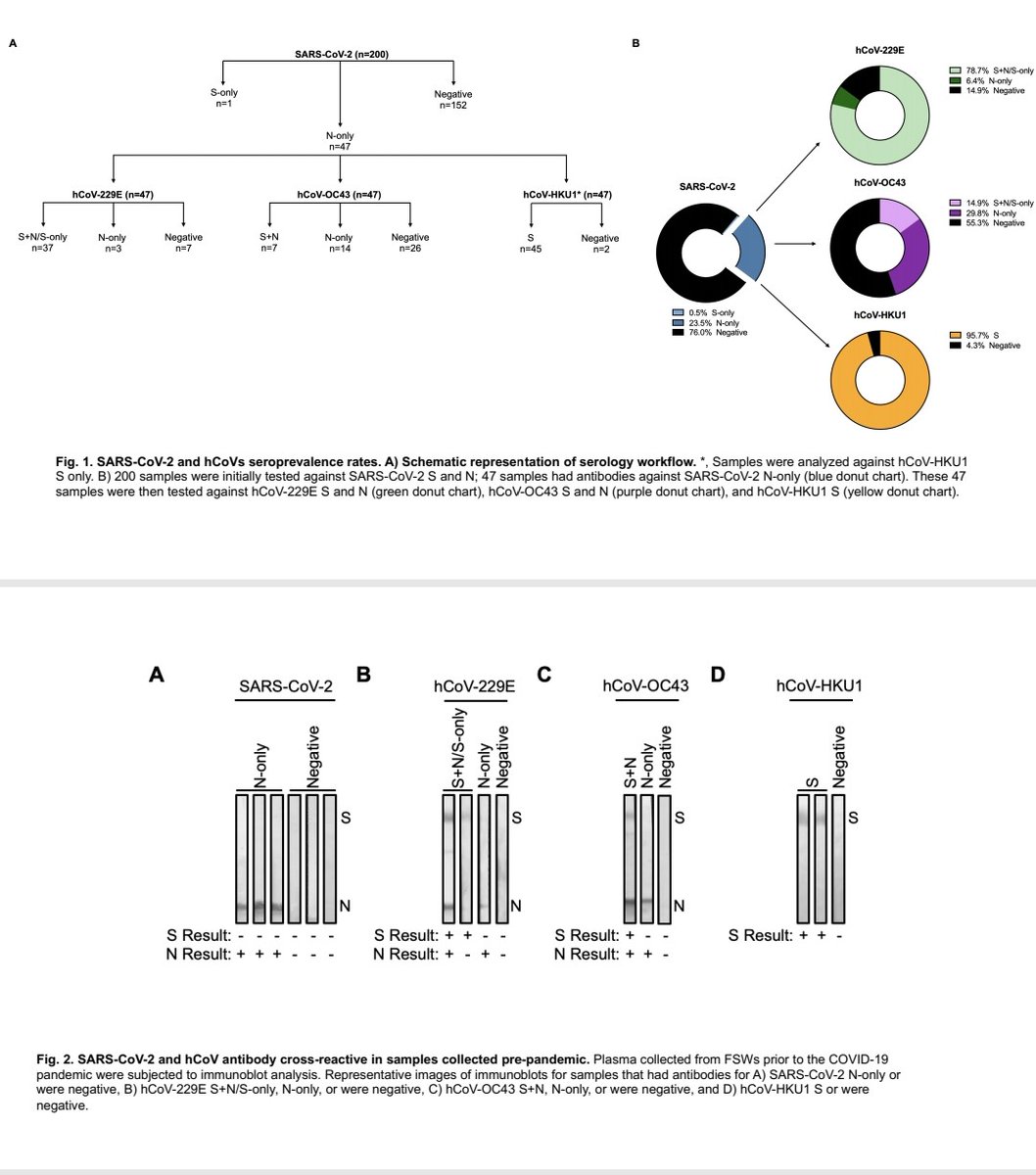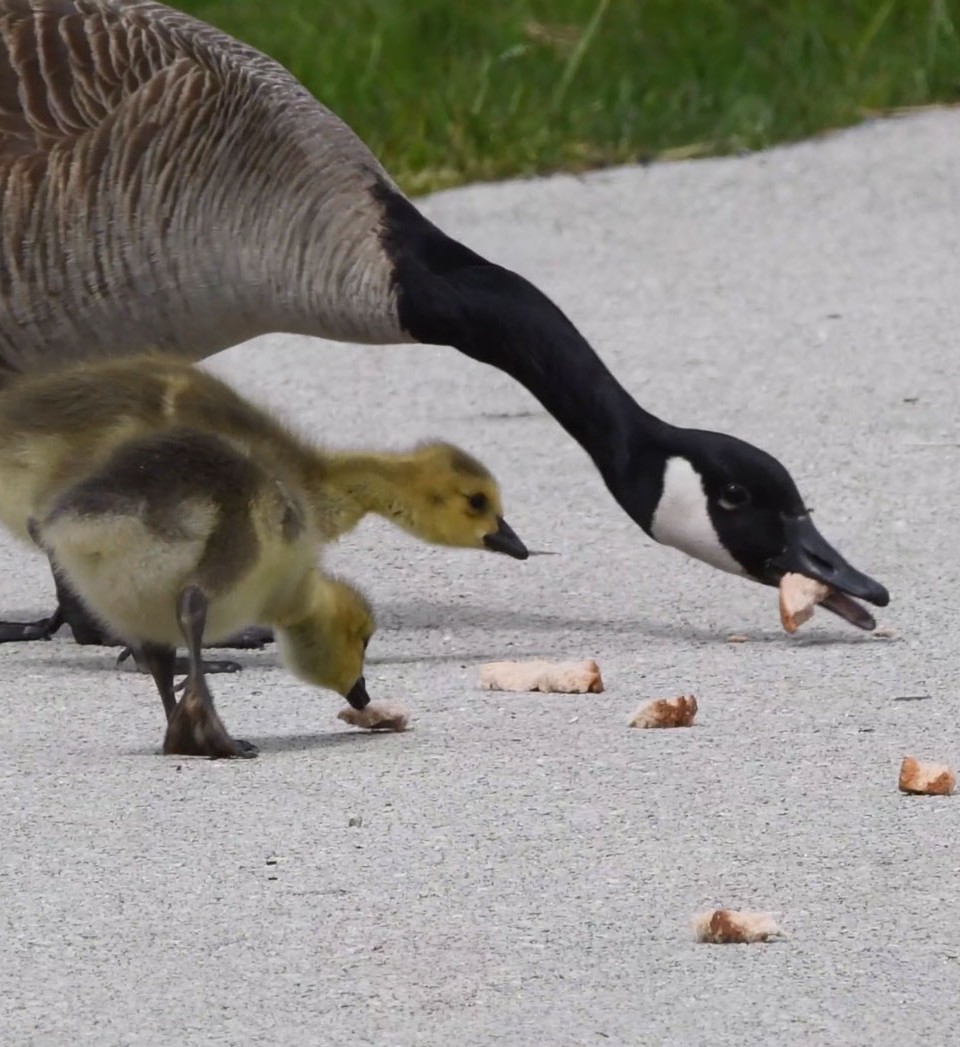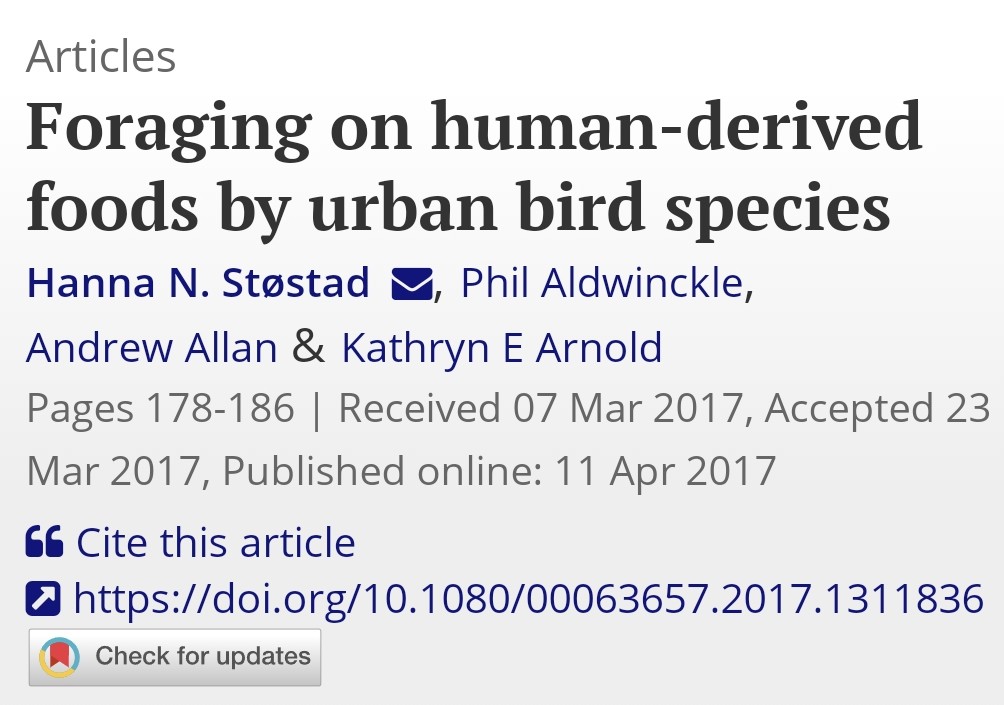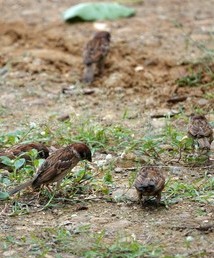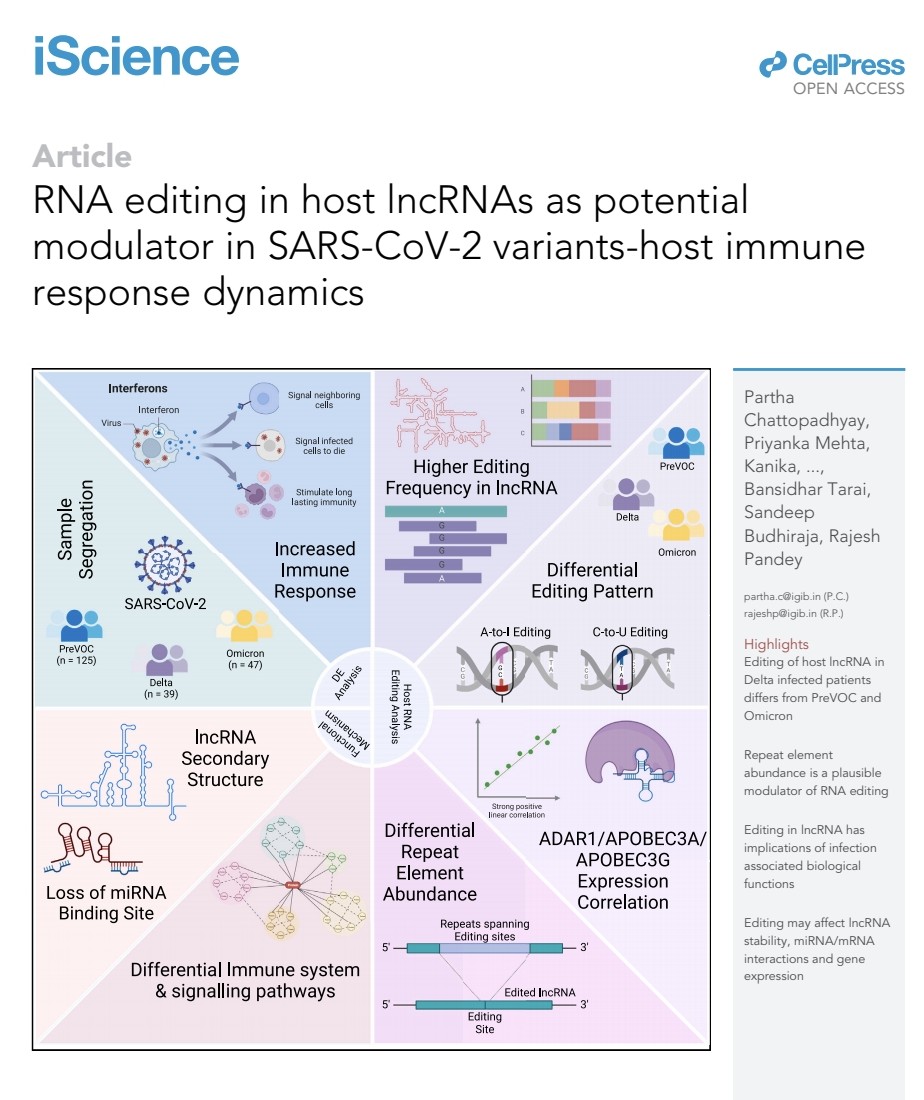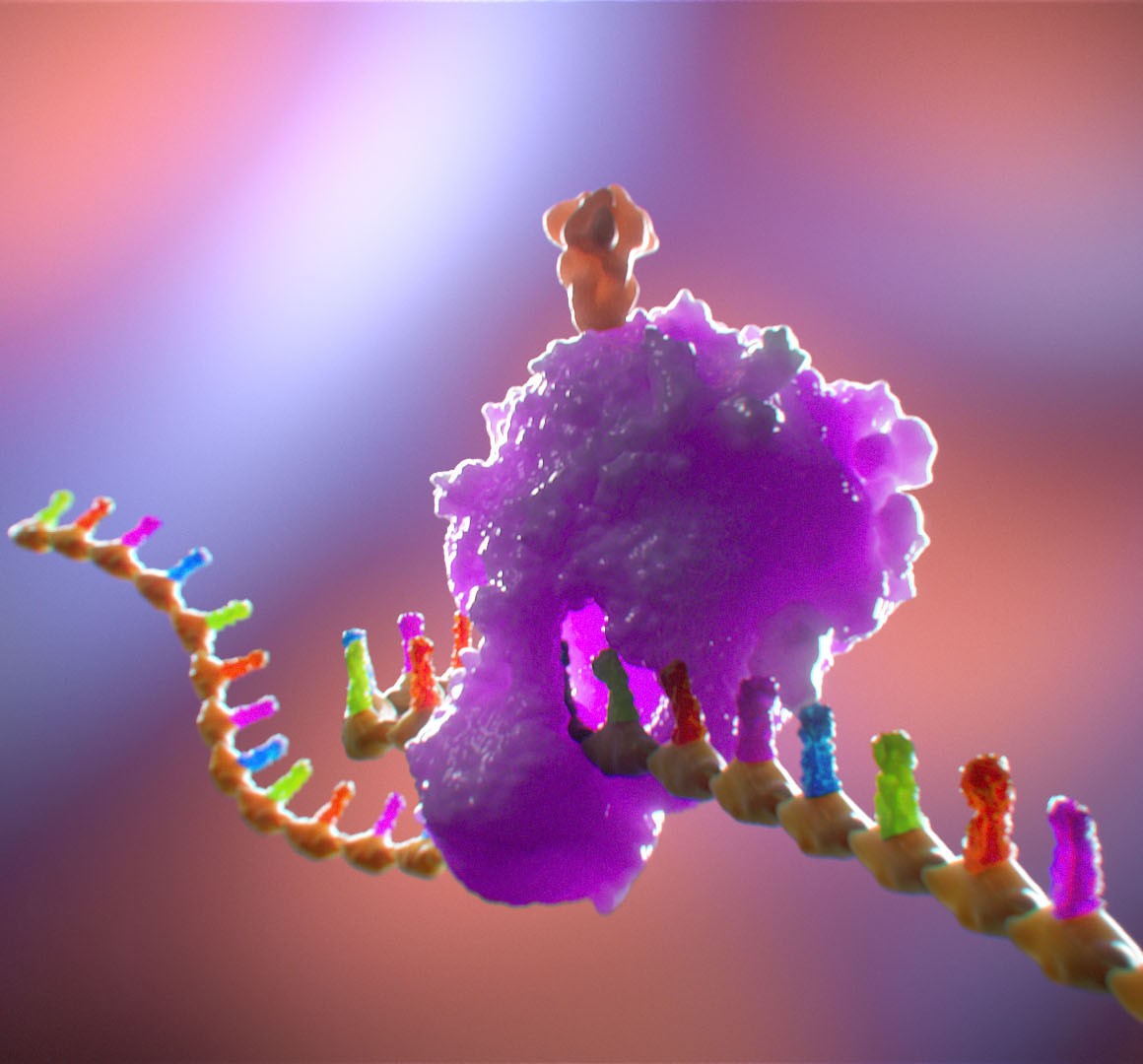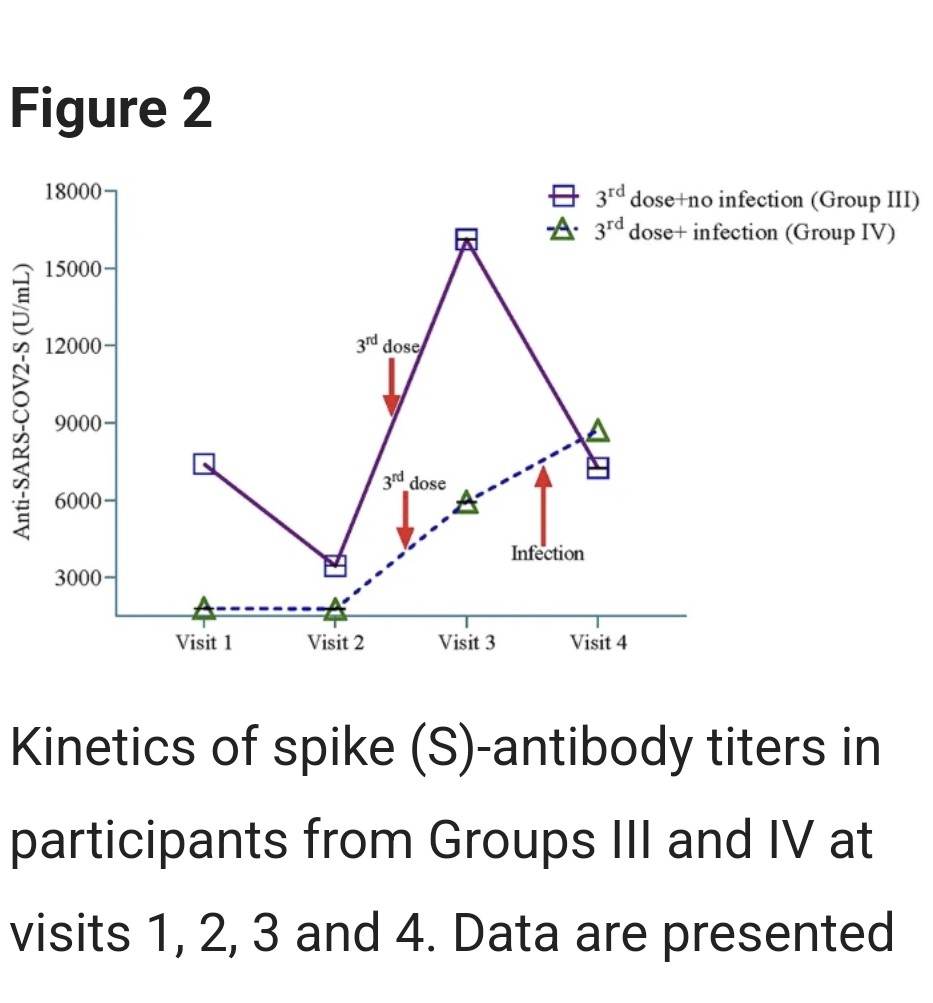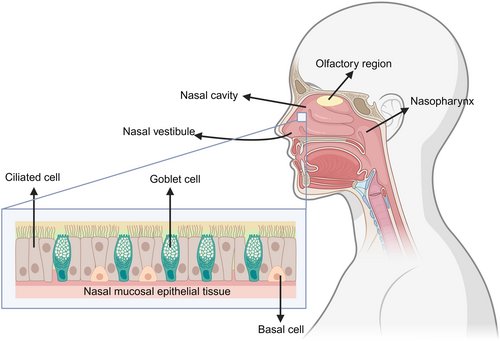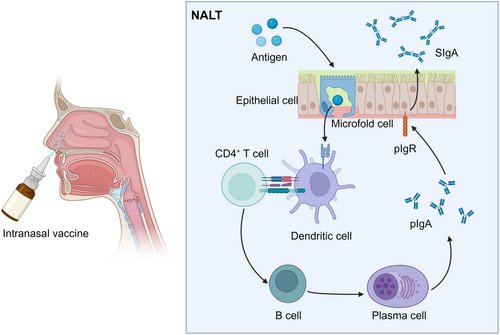𝗢𝗽𝘁𝗶𝗺𝗮𝗹 𝘁𝗶𝗺𝗶𝗻𝗴 𝗼𝗳 𝗯𝗼𝗼𝘀𝘁𝗲𝗿 𝗱𝗼𝘀𝗲𝘀 𝗶𝗻 𝗮 𝗵𝗶𝗴𝗵𝗹𝘆 𝘃𝗮𝗰𝗰𝗶𝗻𝗮𝘁𝗲𝗱 𝗽𝗼𝗽𝘂𝗹𝗮𝘁𝗶𝗼𝗻 𝘄𝗶𝘁𝗵 𝗺𝗶𝗻𝗶𝗺𝗮𝗹 𝗻𝗮𝘁𝘂𝗿𝗮𝗹 𝗲𝘅𝗽𝗼𝘀𝘂𝗿𝗲 𝘁𝗼 𝗖𝗢𝗩𝗜𝗗-19
medrxiv.org/content/10.110…

medrxiv.org/content/10.110…

2) This study presents an individual-based model to simulate SARS-CoV-2 transmission and clinical outcomes in a population over time. It incorporates vaccination roll-out, immune responses to infection/vaccination, and variant emergence/properties. 

3) The model was applied to investigate impacts of waning vaccine immunity and Omicron emergence in Australia in early 2022, given high vaccine uptake but low prior infection.
For a Delta resurgence, accelerating booster eligibility from 6 to 3 months post-primary vaccination ..
For a Delta resurgence, accelerating booster eligibility from 6 to 3 months post-primary vaccination ..
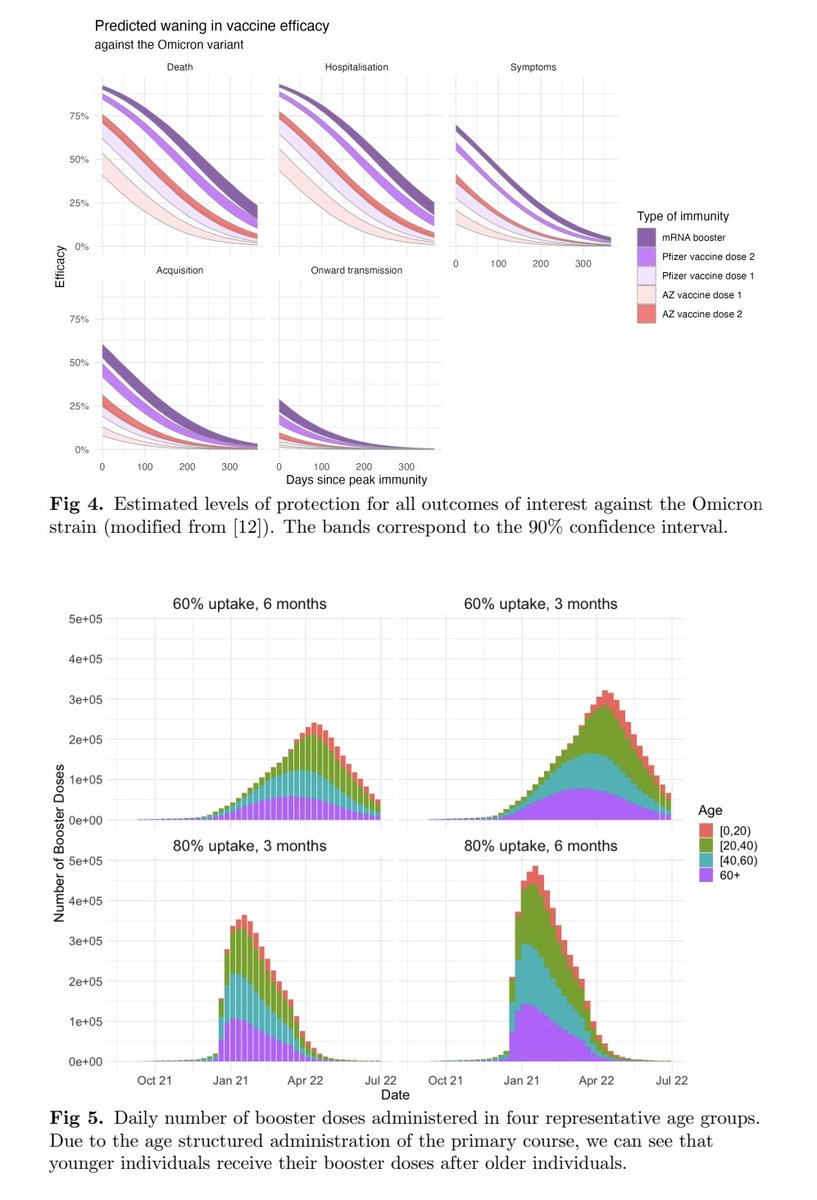
4) ...strongly suppressed infections and clinical burdens.
While boosters could not control Omicron spread due to immune escape, earlier boosting still maximized protection against severe outcomes if Omicron retained Delta-level severity.
While boosters could not control Omicron spread due to immune escape, earlier boosting still maximized protection against severe outcomes if Omicron retained Delta-level severity.
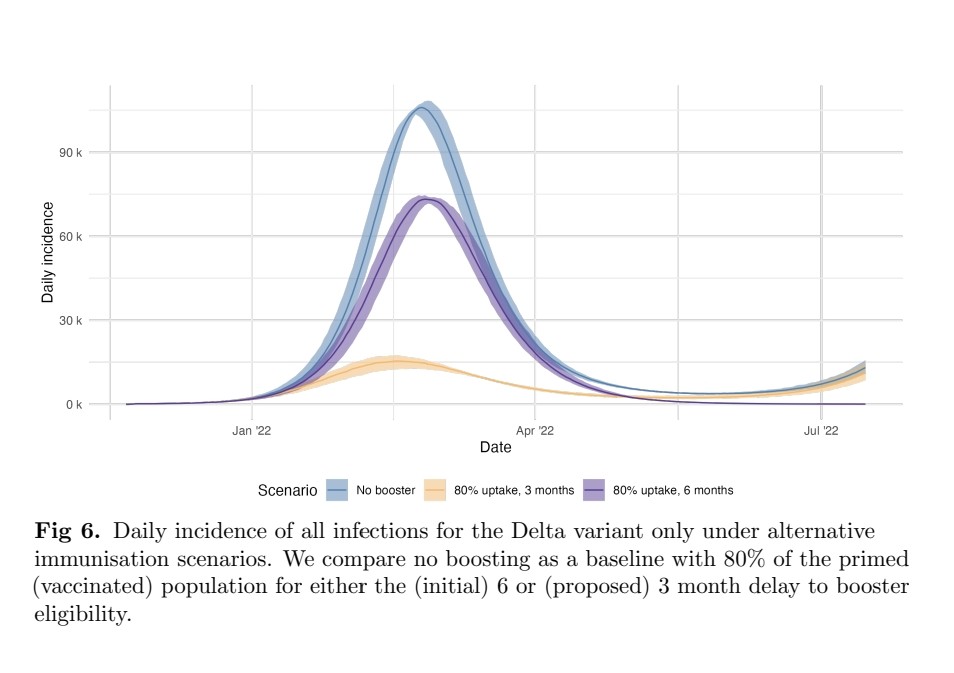
5) The model framework allows flexibility to change any component (e.g. add infection history) and address policy-relevant scenarios as immunity changes over time and variants emerge.
By capturing individual immunity dynamics, it can assess impacts of variants with ..
By capturing individual immunity dynamics, it can assess impacts of variants with ..

6) ...different transmissibility and severity profiles depending on population immune landscapes.
This study informed Australia's decision to accelerate its booster program in late 2021, demonstrating how such models can directly support ...
This study informed Australia's decision to accelerate its booster program in late 2021, demonstrating how such models can directly support ...

7) ...public health decision-making during outbreaks.
This study presents a novel individual-based model framework that integrates vaccination, immunity, transmission and outcomes to project COVID-19 impacts and evaluate mitigation strategies as population immunity changes.
This study presents a novel individual-based model framework that integrates vaccination, immunity, transmission and outcomes to project COVID-19 impacts and evaluate mitigation strategies as population immunity changes.
8) Thanks for reading 🙏
FYI @DavidJoffe64 @C_A_G0101
FYI @DavidJoffe64 @C_A_G0101
• • •
Missing some Tweet in this thread? You can try to
force a refresh





